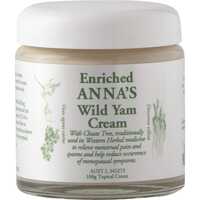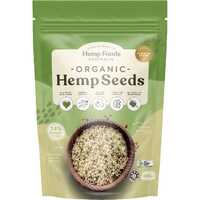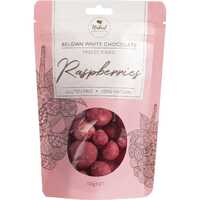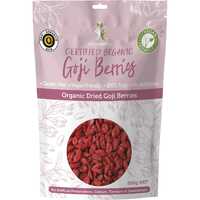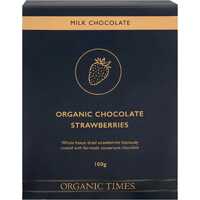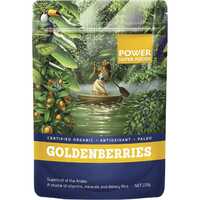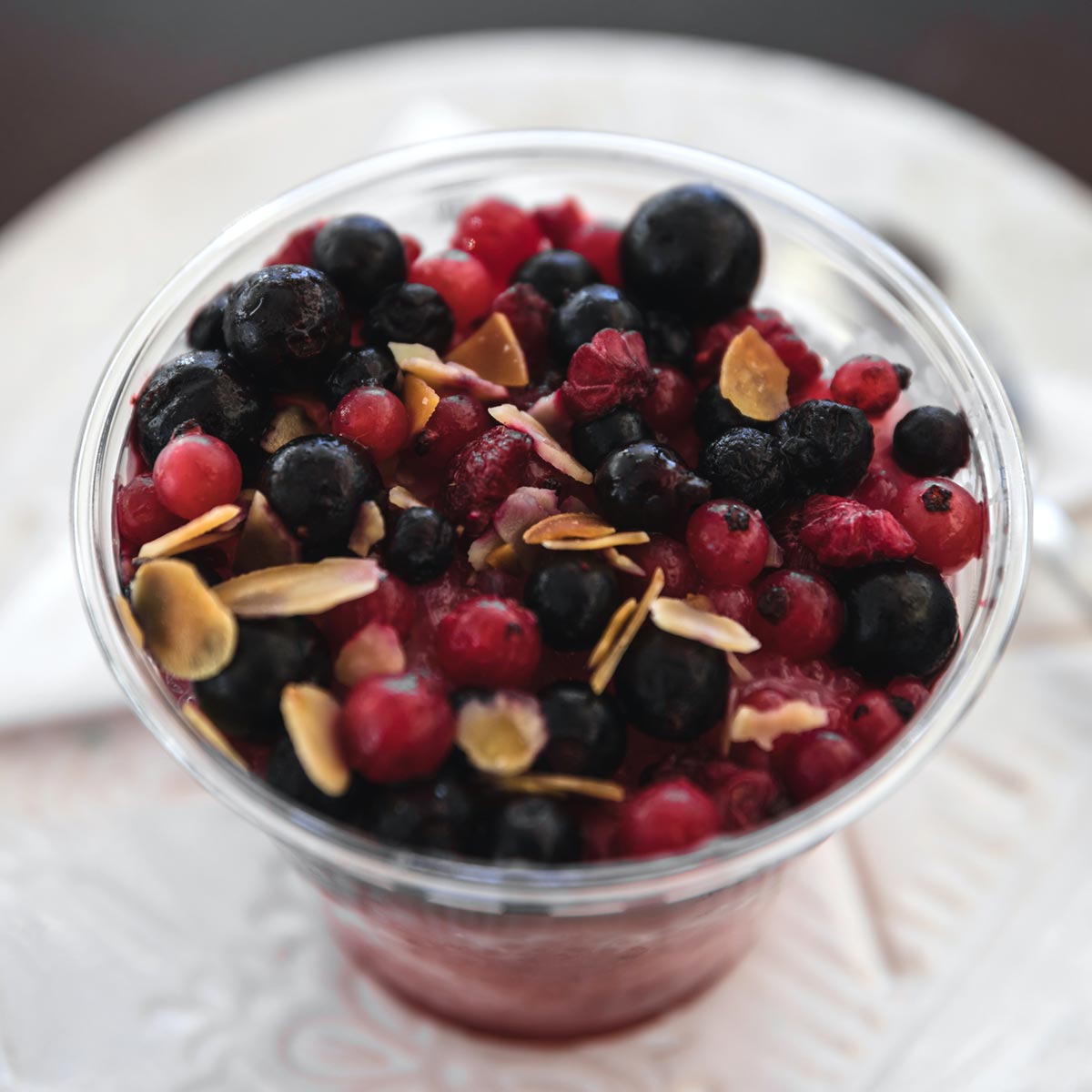Berries are among the healthiest foods you can eat. From common strawberries and blueberries to acai and goji superfoods, these delicious fruits pack lots of nutrition into a small package. Berries are high in fibre, vitamin C, and antioxidant polyphenols, and they may be capable of preventing the symptoms of many chronic diseases. Whether you like to eat them fresh, add them to cereals, or preserve them in jams, berries are a great addition to any diet.
Let's review the wonderful world of berries, including their history of human consumption, nutritional profile, and health benefits. If you're ready to supercharge your diet with something that's both delicious and nutritious, berries are impossible to beat.
What Are Berries?
A berry is a small pulpy fruit without a stone or pit. Many berries are edible, with their juicy and brightly coloured appearance hiding a variety of sweet, sour, and tart taste sensations. Berries often contain pips or seeds, many of which are edible and add to the texture of the fruit. While some berries are poisonous to humans, they are mostly friendly and have a number of beneficial applications. Berries have bright contrasting colours to make them more attractive to animals and birds, which helps them to evolve through the dispersal of seeds.
The scientific definition of a berry includes many non-berry foods such as grapes, tomatoes, eggplants, bananas and cucumbers. Other fruits are also listed as berries for the sake of identification, including persimmons, pawpaws, crabapples, and prickly pears.
A Short History of Berries
Berries have a long association with humans, some of which have been eaten and farmed for thousands of years. Before we developed agriculture, berries were gathered from the wild as a primary source of food. As a dependable seasonal staple, certain types of berries became associated with specific locations. For thousands of years, berries were eaten raw as snacks, cooked with meals, and dried and preserved during the winter.
While the early days of berry consumption were linked with traditional gathering practices, agriculture slowly began to boost production. This process was slow, however, with early people able to get all the berries they needed through gathering along. For example, while strawberries were known to ancient Romans, they weren't grown in European gardens until the 14th century. The growth of the edible berry industry was driven by strawberries, with the common garden strawberry first grown in France in the late 18th century.
While berry crops have existed in Japan for hundreds of years, blackberries and raspberries only started being farmed in 17th century Europe, and blueberries and cranberries have been cultivated in the United States for just over a century. In terms of preservation techniques, it took even longer for ancient practices to become more widespread. There are records of indigenous American cultures smoking and drying berries, and this process spread around the world with the development of the canning industry in the late 1800s.
The Nutritional Profile of Berries
While all berries are unique, there are some common nutritional signatures that link them together. Berries are all high in fibre, have heaps of vitamin C, and are full of beneficial antioxidant polyphenols such as anthocyanins, ellagic acid, and resveratrol. Berries also share a similar look, with bright colours due to natural phytochemicals and responsible for many of their antioxidant effects.
Along with being high in antioxidants, berries also contain lots of beneficial vitamins and minerals. While some berries pack in much more vitamin C than others, they all contain similar high quantities of vitamin K1, manganese, copper, and folate. Berries also taste great, and because they're naturally sweet, they can be eaten alone without adding sugar or fat. Not only are berries extremely nutritious, but they're also an efficient food source with very low calorie content.
The World's Healthiest Berries
Let's take a detailed look at the world's healthiest berries, from common everyday fruits to novel superfood sensations. Whether you like to eat them raw, add them to granola, or include them in smoothies, berries are an easy way to boost your nutritional intake. The following berries are among the world's best:
Blueberries
Blueberries are a nutritional marvel, and they pack a lot of punch in a cute package. Blueberries have lots of vitamin K, vitamin C, and manganese, among other compounds, and they're also a great source of the antioxidant polyphenols called anthocyanins. According to studies, blueberries may help to reduce oxidative stress, lower the risk of heart disease, reduce the risk of diabetes, and slow rates of cognitive decline. These delicious fruits have a lot going for them. Not only are they delicious and nutritious, but they're also readily available and easy to incorporate into your diet.
Strawberries
While they might seem incredibly common, strawberries offer a range of fantastic nutritional benefits. These cute little red berries are one of the best sources of vitamin C in the entire world, and they also contain substantial amounts of fibre and manganese. According to studies, strawberries are promising for heart health. They help to lower the risk of heart attack and reduce risk factors associated with blood cholesterol, triglycerides, and oxidative stress. These delicious berries also help to limit inflammation and reduce insulin response.
Cranberries
Cranberries have become increasingly popular due to their healthy antioxidant polyphenols and antibacterial properties. Consuming cranberries can help to reduce the risk of urinary tract infections (UTIs), with regular consumption possibly helping to reduce the risk of other infections. According to studies, drinking cranberry juice can also help to reduce cholesterol and improve vascular function in some populations. While fresh cranberries are even healthier than cranberry juice, the tart taste of raw berries can be hard to stomach.
Raspberries
These delicious red fruits are a favourite in deserts or with cereals. Raspberries are an amazing source of dietary fibre, and they're also full of vitamin C, vitamin K, and manganese. The antioxidant polyphenols in raspberries help to reduce oxidative stress caused by exercise, with the ellagitannin content of these fruits particularly beneficial. According to studies, consuming black raspberries may help to reduce some of the risk factors associated with heart disease, including blood pressure and blood cholesterol. Black raspberries have also shown promise in reducing inflammation for people with metabolic syndrome.
Acai berries
While there's something special about all berries, some berries deserve the 'superfood' label. Acai berries are the perfect example. These Amazonian berries offer fantastic health benefits due to their high antioxidant content. Acai berries are a powerful source of antioxidant polyphenols, which make help to prevent age-related cognitive impairment.
According to studies, acai berry pulp has been shown to reduce blood sugar and insulin, as well as blood cholesterol and oxidative stress after exercise. Unlike many of the other berries on this list, acai berries are generally sold in dried or powdered form. While this can have a small adverse effect on their nutritional content, it also makes them very versatile and easy to consume.
Goji berries
Goji berries are another popular fruit that has taken on the 'superfood' label over recent years. Goji berries are packed with powerful antioxidants, and they also have lots of fibre, iron, vitamin A, and vitamin C. According to studies, consuming goji berries may help to increase immune cell levels and improve general feelings of well-being. Goji berries may also help to promote general eye health and protect against specific eye disorders such as macular degeneration.
Just like acai berries, goji berries are typically sold powdered or dried, and they're also found in many health supplements and juice blends. These berries have a distinctive flavour profile that's similar to cranberries and cherries, which makes them ideal for both sweet and savoury recipes. If you want to add goji berries to your diet, you can eat them fresh or cook them in place of raisins. Goji berries are also included in many commercial health bars, protein bars, and granola blends.
If you want to supercharge your diet with berries, Healthy Being is a great place to start. We have a wide array of great products for sale, including high-quality superfood products at unbeatable prices. From delicious dried goji berries to organic acai powder, berry-rich granola, and protein berry bars, you will find everything you need under one roof!


 Certified Organic
Certified Organic Vegan Friendly
Vegan Friendly  Vegetarian
Vegetarian Organic Ingredients
Organic Ingredients Dairy Free
Dairy Free Gluten Free
Gluten Free Keto Friendly
Keto Friendly

















